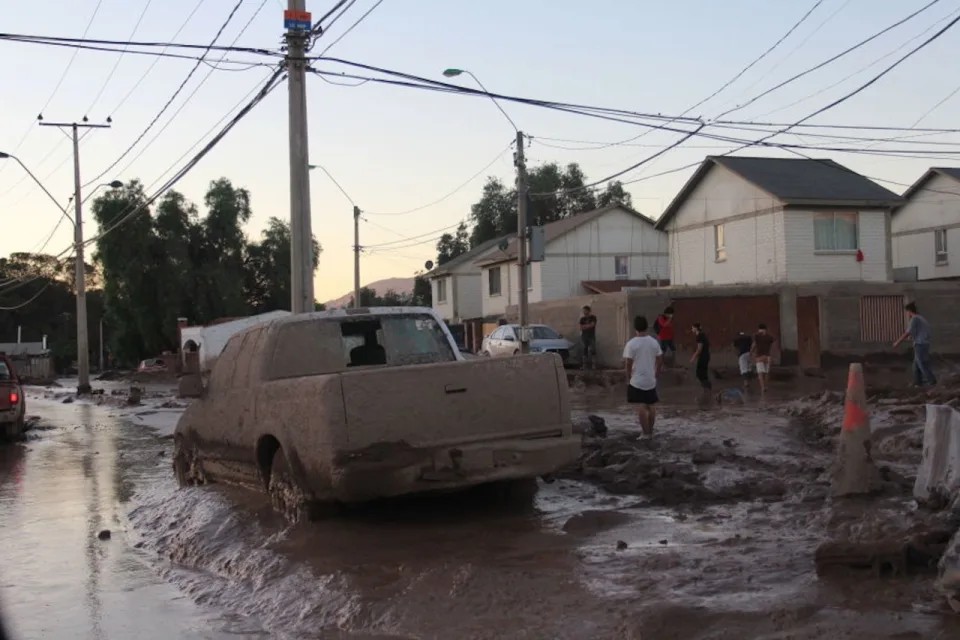The Atacama Desert is located on the 1,600-km strip of land along the northern third of Chile. The Atacama is one the most inhospitable places on Earth as it’s the driest non-polar desert. It’s so dry that it has been used for Mars simulations.
Research has shown that from 1570 to 1971, the Atacama Desert didn’t receive significant rainfall. But in June 2002, the area was flooded.
At the beginning of June, heavy rains started to soak central Chile. Between Monday, June 3 and Tuesday, June 4, 230 millimetres of rain fell, breaking an 80-year record for Santiago (Chile’s capital).
The excessive rain led to extreme flooding.
In Santiago, the streets turned into rivers. The government recommended that residents should stay at home.
“This is comparatively the largest storm since measurements have been recorded, surpassing that of 1926, which was the biggest of the 20th century,” said President Ricardo Lagos.
Homes around the area flooded, leaving tens of thousands of people homeless.
Around the Valparaíso region, the rain triggered a mudslide, destroying 70 homes in the village of Los Molles. The storm caused five deaths and the mudslide killed four people.
The Chilean Red Cross provided aid such as food, clothes, and bedding. The charity sent 200 vehicles and 250 volunteers to assist with flood repairs and other water damage.
In March 2015, unseasonal heavy rains flooded Northern Chile once again. The area was filled with water and mudslides, resulting in 26 deaths and 125 missing people.
Source: Yahoo










